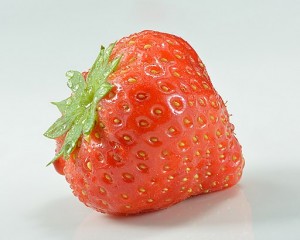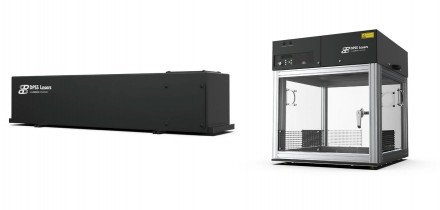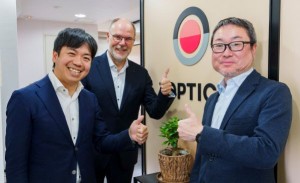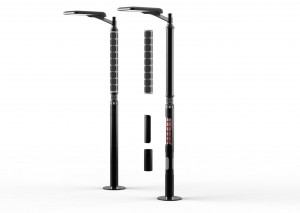
The fresh fruit industry is still largely dependent on seasonal workers, which presents many challenges because there has been a serious worker shorter in recent years. Relying on humans for this task may be becoming a thing of the past. Additionally, the world has a burgeoning population, for which the agricultural industry needs to grow and pick more food. New developments in agricultural robots are rising to the challenge, and can solve some of these problems thanks to a range of photonic technologies.
According to the recent Global Agricultural Robots Market, the market is expected to surpass a revenue of $20 billion by the end of 2031, with growth in precision agriculture as a major driver. Numerous companies are investing in R&D activities related to agricultural robots. For instance, FarmWise, a company that develops autonomous farming robot systems, announced that it raised $14.5 million in a Series A funding round, led by Calibrate Ventures, in September 2022. The funding is to aid engineering & operations teams of the company and to boost R&D efforts concerning plant-level detection and actuation capabilities.
Agricultural robots are used for a variety of applications including seeding, crop weeding, spraying, crop monitoring and analysis, thinning, fertilizing, irrigation, and more. Of the many applications, robotic fruit picking is one of the most sensitive and labor intensive, and many sophisticated fruit picking systems are currently under development or just coming onto the market.
Dogtooth robots
In the UK, Dogtooth Technologies, a spin-out start-up from the Computer Vision & Robotics group at Cambridge University Engineering Department, specializes in autonomous fruit picking robots. These robots use machine learning and computer vision to be able to choose and pick ripe fruit.
Dogtooth currently has 70 strawberry picking robots in use in Europe and Australia, and the company plans to use recent investment to expand into global markets. Some of the advantages of these robots is that they work quickly and accurately, but they also don’t emit carbon the way fossil-fuel based farm equipment does. The investment coms from The Future Investment Initiative Institute, or FII Institute, a non-profit organization run by the Public Investment Fund, Saudi Arabia's main sovereign wealth fund.
"Our work at the FII Institute focuses on creating a better and more sustainable future for all of humanity,” said Richard Attias, chief executive of the FII Institute. “That is exactly why we are investing in this innovative solution that is helping solve important problems in the field of agriculture.”
"These investments support key UN Sustainable Development Goals (SDGs) related to climate change, global hunger, and economic growth. These investments are made through the FII Institute’s ACT pillar, which aims to invest in sustainable solutions across our four focus areas – AI and robotics, education, healthcare and sustainability."
Ceres: Funding development
Also in the UK is the non-profit Ceres, which funds commercially relevant agri-tech projects from its university partners and provides the expertise to move them to commercialization. Ceres is supported by a £4.8m grant from Research England’s Connecting Capability Fund, which drives collaboration among UK universities and supports commercialization of their research through partnerships with industry.
Among its many projects that Ceres supports is one that involves decision support system for strawberry powdery mildew. This system is user-friendly, monitors temperature and relative humidity to identify when conditions are favorable for disease development, and alerts the grower when it is time to spray. This decision support platform has already delivered benefits for growers involved in the trials by helping to reduce crop losses and fungicide costs. It also promises to have wider environmental benefits by supporting reductions in fungicide usage and decreasing food waste in the field.
In another of its projects, a robotic fruit picking head is being developed that can not only harvest many types of fruit, but it can identify and pick delicate, ripe fruits growing in complex, dense clusters without bruising them. This technology is expected to reduce harvesting costs and ease the worry about the current labor shortage, as robots can pick quicker and more accurately than humans.
Flying robotic pickers
In Israel, the startup, Tevel Aerobotics Technologies, has launched flying autonomous robots (FARs) that pick fruit. The company says that its FARs combine cutting edge algorithsm, AI and data analytics. Vision algorithms help detec fruit, foliage and other objects. It can also classify the fruit according to size, ripeness, andmore.
The way they work is that the FARs are tethered to a power source, and they fly near the fruit tree and pluck the ripe fruit with a twist of its integrated grasper arm. The robots are fitted with cameras that use AI to assess the size and color of the fruit so that only the ripe pieces are picked. The company plans to rent fleets of the FARs for use during harvest season.
Written by Anne Fischer, Novus Light Technologies Today
































 Back to Features
Back to Features



























